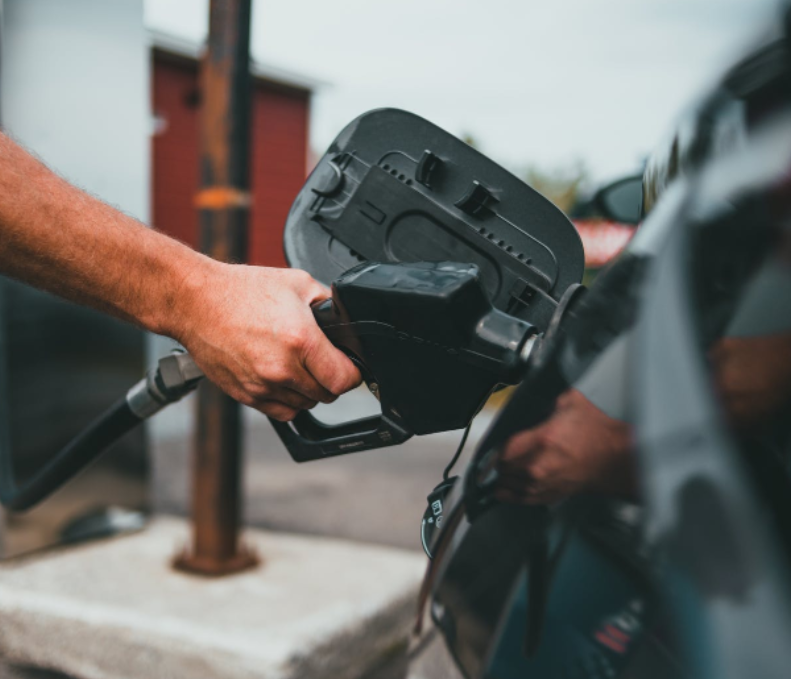Since Monday, the national average for a gallon of regular gasoline rose by ten cents to $3.89. According to data from the Energy Information Administration, gasoline demand increased nationally from 8.83 million b/d to 9.47 million b/d last week, and total domestic gasoline stocks decreased significantly by 4.7 million bbl to 207.5 million bbl. High gasoline demand, amid tight supply, has led to higher pump prices nationwide, according to a AAA press release.
Pump prices across the West Coast have increased due to ongoing refinery maintenance at six refineries, which limits the region’s supply, but refinery restarts and California officials allowing less expensive winter-blend gasoline to be sold a month ahead of schedule aims to provide some relief at the pump in the coming days.
AAA reports that, since last Thursday, Alaska saw the largest increase in the statewide gasoline average by increasing at least 38 cents.
Crude prices have increased after OPEC and its allies announced intentions to cut crude production by 2 million b/d this fall. The impact of the production cut on crude prices and domestic gas prices depend on how the market interprets the reduction. If it appears that the production reduction is already occurring as a result of OPEC+ members being unable to meet current production quotas, the pricing impact reportedly will be short-lived because the market may have already factored the lower production amount into pricing expectations, according to AAA.
Additionally, for weeks, the market expressed concern that a recession could lead to lower crude demand and prices. If crude demand declines, drivers may not see as large of a pricing impact. Also, the U.S. is entering the fall and winter driving season, when demand declines as a result of the colder weather. If that trend holds true this year, AAA says that prices could decline in the weeks ahead.
Alaska’s statewide average is $5.50 for regular gasoline. Locally, prices for regular range from $5.39 to $5.54 for a gallon of regular.

